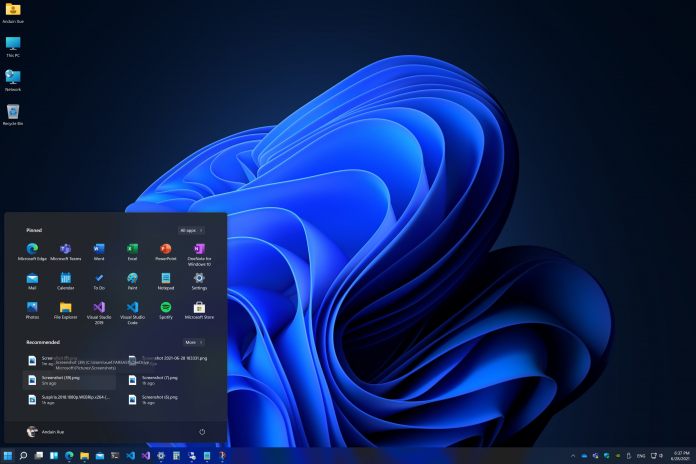Apparently, the company will shift Windows 11 into feature updates that will roll out four times every year. Then the company plans a new “major” release every three years. I can imagine IT department are already crying to the heavens. With such a schedule, Windows 11 would be in almost perpetual update with just three months between new feature releases. Considering the headaches involved with rolling out updates across an organization, this will probably not go over well in the enterprise sector. Of course, this is in no way official just yet, but it points to Microsoft not really knowing what to do with Windows updates. We have seen the company say they want to be more dynamic with features before. That includes potentially sending out new features whenever they are ready instead of waiting for a rollup update. The report says Microsoft will introduce the new update schedule in 2023. Quite what the major update released every three years will be is unclear.
Patching Changes
Microsoft has already made major changes to how enterprise users can update Windows with the release of Windows Autopatch this week. Autopatch introduces automatic firmware, driver, app, and feature updates to customers. It is a managed service that links to Patch Tuesday but provides automatic patches when needed. This includes for Windows 10 and Windows 11 covering firmware and drivers, as well as Microsoft 365 apps like Word, Teams, PowerPoint, and Outlook. Tip of the day: Do you often experience PC freezes or crashs with Blue Screens of Death (BSOD)? Then you should use Windows Memory Diagnostic to test your computers RAM for any problems that might be caused from damaged memory modules. It is a tool built Microsoft which can be launched at startup to run various memory checks.




